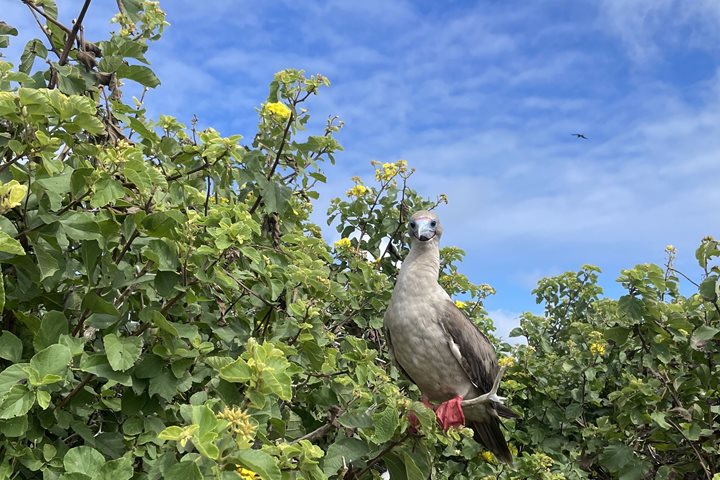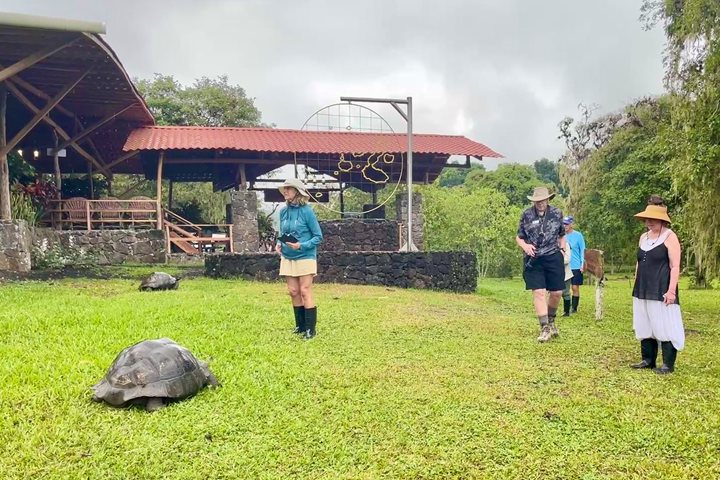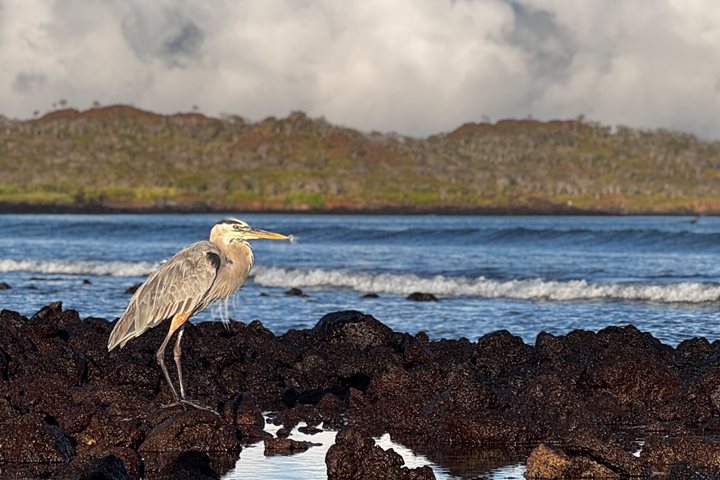As we step into the world that is Galapagos, we awaken at Gardner Bay surrounded by turquoise water. Española is one of the oldest islands in the archipelago and has developed a unique isolated environment that is found nowhere else on earth. We start our day with various encounters with Galapagos sea lions and the ever-curious Española mockingbird. As we sail into the afternoon, we start to realize that this area has no comparison in this world. Walking among the waved albatross, which is endemic to this island, we start to sense that there is an energy here, an attraction to this area because of shelter and nutrition. As the sun starts to dip into the ether, we are able to take a breath of sea air and realize that we have been accepted into this world among itself.
5/29/2025
Read
National Geographic Gemini
Genovesa Island
Genovesa is considered one of the Galapagos crown jewels, and today it was showing off all of its splendor. Immediately after breakfast we put on our sturdy shoes and set out to explore Prince Philip’s Steps. This area is known for opportunities to observe not only large colonies of nesting Nazca and red-footed boobies, but maybe, just maybe, the short-eared owl which exhibits diurnal behavior on this island. After this walk we got ready for a dip in the Pacific Ocean and snorkeling along the inner coast of this caldera. The afternoon was equally amazing as we disembarked to explore Darwin Bay, along a short and easy trail that was packed with wildlife. Here we observed not only nesting frigatebirds, red-footed boobies, and Nazca boobies, but also a few yellow-crowned night herons. It was another incredible afternoon in the Galapagos Islands.







